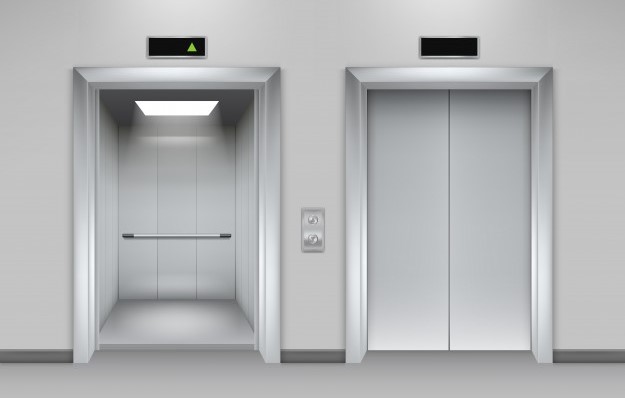Elevators
Elevator, also called lift, car that moves in a vertical shaft to carry passengers or freight between the levels of a multistory building. Most modern elevators are propelled by electric motors, with the aid of a counterweight, through a system of cables and sheaves (pulleys). By opening the way to higher buildings, the elevator played a decisive role in creating the characteristic urban geography of many modern cities, especially in the United States, and promises to fill an indispensable role in future city development.

The practice of lifting loads by mechanical means during building operations goes back at least to Roman times; the Roman architect-engineer Vitruvius in the 1st century bc described lifting platforms that used pulleys and capstans, or windlasses, operated by human, animal, or water power. Steam power was applied to such devices in England by 1800. In the early 19th century a hydraulic lift was introduced, in which the platform was attached to a plunger in a cylinder sunk in the ground below the shaft to a depth equal to the shaft’s height. Pressure was applied to the fluid in the cylinder by a steam pump. Later a combination of sheaves was used to multiply the car’s motion and reduce the depth of the plunger. All these devices employed counterweights to balance the weight of the car, requiring only enough power to raise the load.